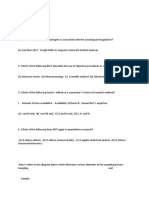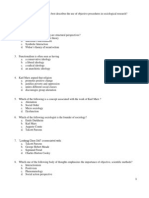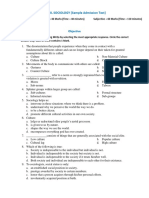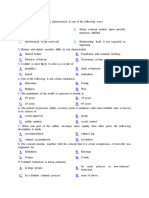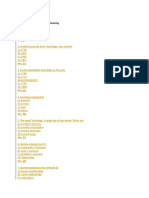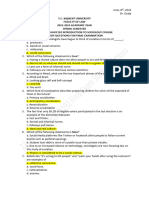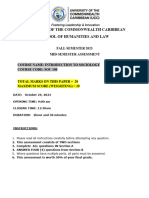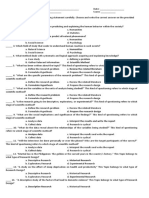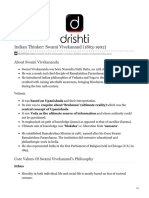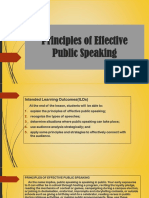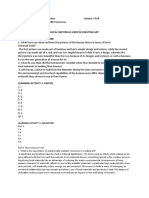0% found this document useful (0 votes)
20 views6 pagesSample
The document outlines a sample examination for a BS Lateral program in Sociology at Quaid-i-Azam University, Islamabad, consisting of subjective and objective questions. The subjective section includes project development on poverty eradication and discussion on Sustainable Development Goals in Pakistan. The objective section features multiple-choice questions covering various sociological concepts and theories.
Uploaded by
robinasajjad087Copyright
© © All Rights Reserved
We take content rights seriously. If you suspect this is your content, claim it here.
Available Formats
Download as PDF, TXT or read online on Scribd
0% found this document useful (0 votes)
20 views6 pagesSample
The document outlines a sample examination for a BS Lateral program in Sociology at Quaid-i-Azam University, Islamabad, consisting of subjective and objective questions. The subjective section includes project development on poverty eradication and discussion on Sustainable Development Goals in Pakistan. The objective section features multiple-choice questions covering various sociological concepts and theories.
Uploaded by
robinasajjad087Copyright
© © All Rights Reserved
We take content rights seriously. If you suspect this is your content, claim it here.
Available Formats
Download as PDF, TXT or read online on Scribd
/ 6




